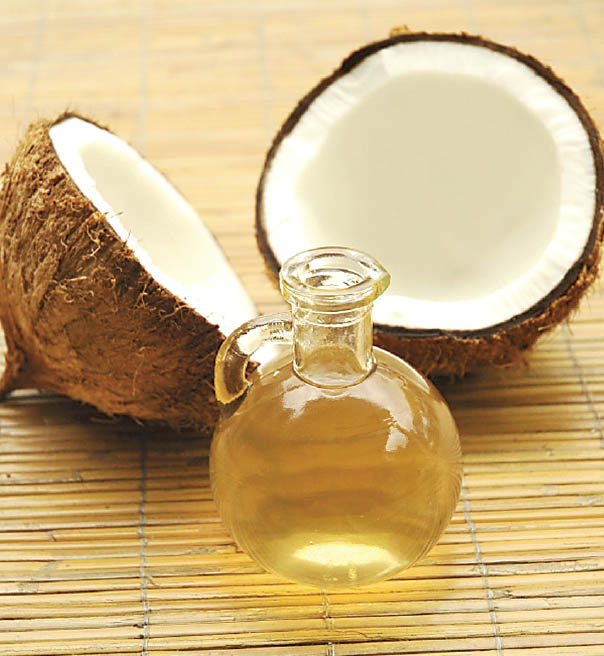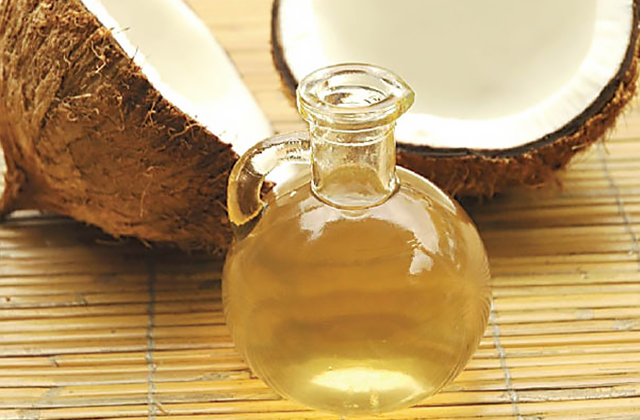By now, you may have heard about the practice of oil pulling from your friends, your family, or maybe even your general health practitioner. This practice of swishing oil around your mouth for 10 to 20 minutes to cleanse it of bacteria isn’t new. Oil pulling is an ancient practice in Ayurveda, a traditional form of medicine in India that relies on natural healing.
The recent popularity of oil pulling is due to Dr. F. Karach, MD, who claimed that it not only improved oral health but also helped heal the body of numerous illnesses including sinus congestion, hormonal problems, cardiovascular disease, digestive problems, and more.
The Benefits of Oil Pulling
Primarily a form of oral therapy to help get rid of bad breath, improve gum health, and strengthen and whiten teeth, oil pulling is also believed to help detoxify the body. When done daily, the practice is said to resolve chronic diseases over time.
In fact, if you suffer from sinus congestion, one of the first detox symptoms you’ll experience is coughing out phlegm as oil pulling begins to clear up your throat and sinuses of mucus congestion—the body’s best method of removing toxins, according to Dr. Bruce Fife, author of Coconut Cures and Oil Pulling Therapy: Detoxifying and Healing the Body Through Oral Cleansing.

How to Do It
- Choose your oil. Typically, sunflower or sesame oil is used in India. But according to a study done by Irish scientists from the Athlone Institue of Technology, coconut oil was shown to prevent Streptococcus mutans, an acid-producing bacterium that is a common inhabitant of the mouth and a major cause of tooth decay, binding to and damaging tooth enamel.Plus, coconut oil contains lauric acid, an antimicrobial fatty acid that can kill bacteria, viruses, and fungi.
- Take a teaspoon or tablespoon of oil and swish it around your mouth for 10 to 20 minutes. Gently move it around your mouth, pulling it in and pushing it out through your teeth. You don’t need to use too much pressure—just gently swish it around to prevent your jaw and mouth from getting too tired. Also, avoid using too much oil since your saliva will mix with the oil, and the combination will eventually fill your mouth.If you find that you need to spit out earlier than the allotted time (due to a cough or phlegm buildup at the back of your throat) just do so then take another spoonful and continue until you reach your given time.
- After the allotted amount of time has passed, spit out the oil into your toilet bowl. Avoid spitting it into your sink since this may clog the pipes. It’s also very important that you don’t accidentally swallow any of the oil you’ve swished as it contains all the toxins that the oil has drawn out and bonded with.
- Rinse your mouth with warm water (or salt water) a few times before brushing your teeth.
A Few Final Tips
The practice of oil pulling is best done first thing in the morning, though you can do it anytime throughout the day, and usually on an empty stomach.
If you find that 20 minutes is too long—and it will seem like it as you begin this practice—then start with five minutes or more gradually working to 10, and then moving on to 15 or 20.
It is interesting to note that although there has been much anecdotal evidence about oil pulling therapy healing the body, there has been no scientific evidence or research that backs up its effectiveness when it comes to curing diseases. Oil pulling is a simply a great supplement to your oral health routine and though it should never replace brushing your teeth, flossing, or dental visits, it is still worth a try.
What's Your Reaction?
Pia Rojas has been writing about fashion, beauty, and health for 17 years. She's happily married with dog, and spends most of her time working and applying weird skin potions to her face.

